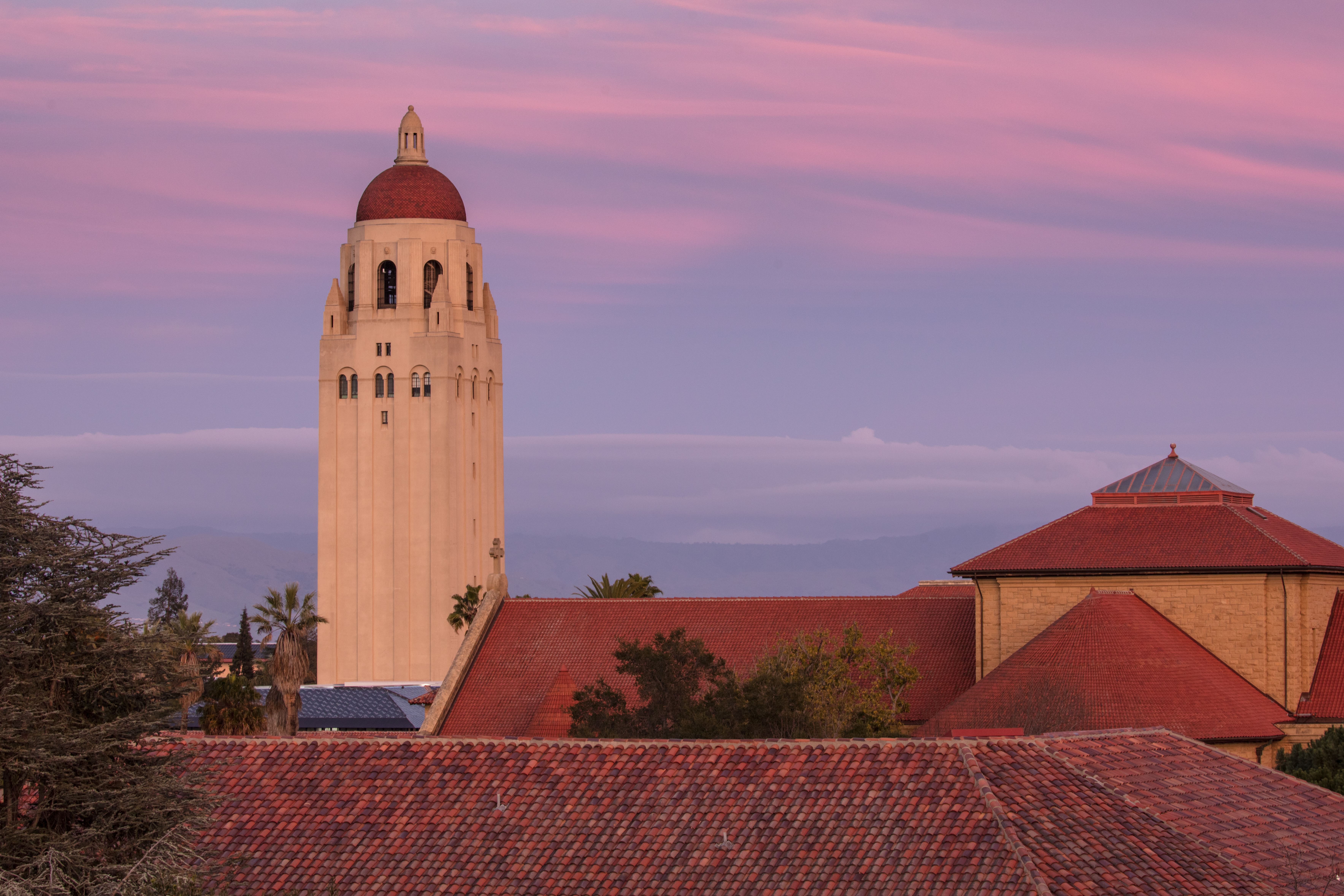Stanford Impact Labs (SIL) announced on June 18 that they will invest $1.75 million in five new projects which focus on youth smartphone use, neonatal intensive care units (NICU), food equity, renewable energy and legal justice. Each project will receive $350,000.
According to director of strategic communications and outreach Kate Green Tripp, SIL will officially kick-start these collaborations in the upcoming months through workshops with the five research teams, all of which aim to tackle different social challenges.
Launched in 2019 by Stanford’s School of Humanities and Sciences, SIL leverages social science to solve today’s most urgent matters. SIL uses a three-stage investment strategy to support Stanford researchers and professors addressing societal issues. Each stage contains varying amounts of funding, dependent on a project’s progress at the time of application.
SIL’s Investment Advisory Council selected the five initiatives through a competitive application process. According to the SIL website, SIL expects its chosen investments to “improve the conditions of people’s lives” and not just simply bring monetary return. SIL notes it will only award funding to projects acting in tandem with sectors beyond the University and prioritizing partnerships with the greater world.
Meet the five projects receiving SIL funding this year
NICU care project
The NICU care project aims to set a benchmark for the quality of family-centered care in hospitals’ NICUs and establish a “gold standard” for family-centered care across the world.
Leading the project is Malathi Balasundaram, a SIL-backed physician specializing in care for premature infants and infants born with health conditions and clinical associate professor at the School of Medicine. Balasundaram’s research plan works alongside two collaboratives, the NICU Parent Network and Family-Centered Care Task Force. Keira Sorrells, founder of the NICU Parent Network, said she and Balasundaram have “a great working relationship” and that their collaboration is crucial in connecting the University to the overall community.
Sorrells said she hopes their work can eventually “extend beyond the NICU because there are so many gaps in family-centered care in other areas of healthcare as well.”
Youth smartphone use project
Economics professor Matthew Gentzkow is experimenting to find the best approach to reducing smartphone consumption for children aged nine through 14. Ruru Hoong B.S. ’19, a Harvard Ph.D. student on Gentzkow’s team, said she believes their project tackles a highly relevant issue of today’s time. Hoong called youth a “vulnerable population” and highlighted the importance of the project by noting this is a social issue policymakers are racing to address. Gentzkow and his colleagues received their SIL funding this past month and are looking to begin work in October.
Food equity project
The food equity project aims to integrate equitable nutritional support into healthcare systems to address nutrition insecurity. The strategy they hope to implement ranges “from medically tailored meals to groceries to produce prescriptions” and has already demonstrated positive health outcomes in the United States over the past decade. However, this support reached few patients. The team hopes to scale their program and eliminate barriers for all patients.
Renewable energy project
The Program on Energy and Sustainable Development (PESD) is attempting to create “consumer-first” renewable energy policies. According to the SIL website, it hopes to unite stakeholders and grapple with the challenges of implementing sustainable energy sources to ensure reliable policies for the communities they serve.
Legal justice project
The Rhode Center at Stanford Law School strives to make the American legal system more fair and efficient by investing in digital technologies that will help streamline court processes and reduce barriers to legal information, according to the SIL website.
Looking past these five investments, Tripp said she hopes SIL can continue to incentivize more researchers to create real-world impact with their efforts. She envisions a future beyond the university where SIL influences “other campuses [to work] in this way, too.”
“Success for us would [be if] we were just drowning in applicants because every researcher at Stanford wanted to be doing this,” Tripp said.
